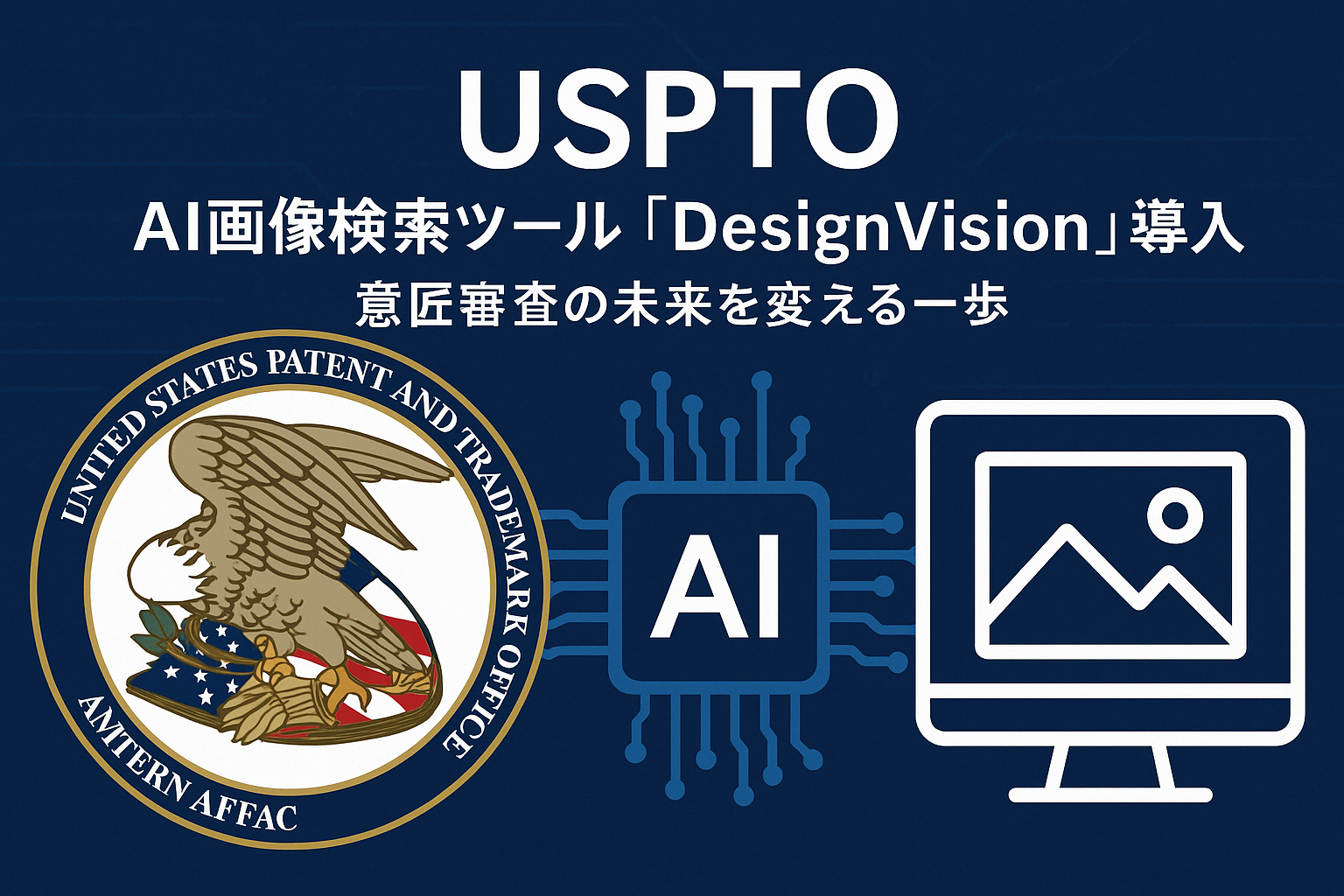The United States Patent and Trademark Office (USPTO) has officially introduced “DesignVision,” a new AI-powered image search tool for design patent examiners. This article explores the features and significance of this innovative tool and delves into its potential impact on global intellectual property practices.
What is DesignVision? — A Breakthrough in Image-Based Search
DesignVision is the first dedicated image search tool born from efforts to integrate AI technology into the patent examination process. It allows automatic searching of existing designs and registered visuals based on images submitted by applicants. What sets it apart is its ability to access and cross-search design and trademark databases from over 80 countries and regions, delivering results based on image similarity.
AI as an “Assistive Tool” — Supporting Human Judgment
The USPTO has made it clear that “DesignVision is not a replacement for other tools.” In other words, this tool is meant to complement examiners’ decisions and remains a supportive resource. This stance reflects a design philosophy aimed at preventing undue concern or misunderstanding about AI integration while maintaining practical flexibility.
International Impact — Toward a Global Standard
A unique feature of DesignVision is its inclusion of “foreign design collections,” not just those from the U.S. This greatly enhances the efficiency of global design searches and prior art checks. It is expected to play a significant role in comparative examinations with countries that have active design systems, such as Japan, Europe, and China.
Future Implications for Design Practice
AI-driven image search can enhance objectivity in assessing novelty and creativity in designs, and is likely to improve the predictability of examinations for applicants. At the same time, it’s important to recognize that human aesthetic judgment remains indispensable for interpreting search results and determining similarities or differences.
The introduction of DesignVision embodies the USPTO’s policy of accelerating and streamlining examination procedures. At the same time, it represents a strategic step toward enhancing the sophistication and alignment of international design systems. Moving forward, it is highly likely that patent offices in other countries, including Japan, will begin exploring similar AI tool implementations—making this a development the intellectual property community should closely monitor.

